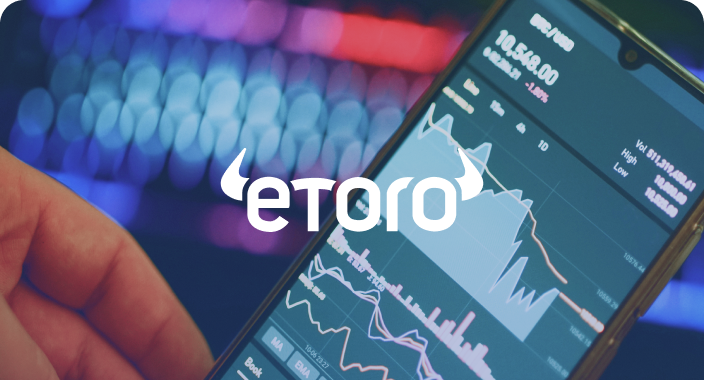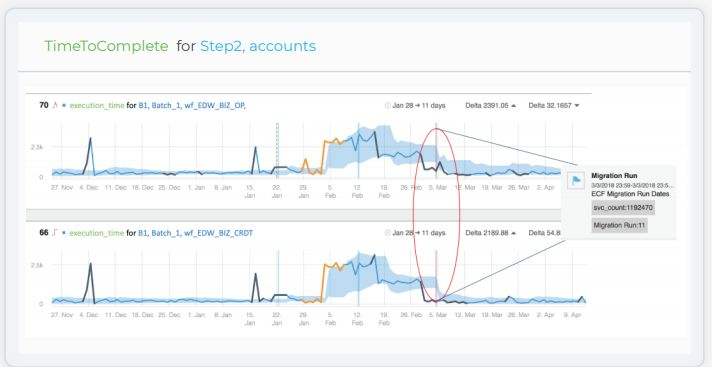Case Studies
2 min read
Leading Companies Use Anodot to Gain More Value From the Data Collected in Snowflake
The Challenge: Gaining Value From the Massive Volume of Data Collected in Snowflake
Today's businesses are generating more data than ever before. For companies using a Snowflake warehouse, traditional dashboards can't keep up with the volume and complexity of the vital business data collected.
Companies relying on static thresholds and manual monitoring often miss the root cause of revenue critical issues that are buried in complex data sets across multiple dimensions.
The Solution: Anodot Gives Companies Real-Time Insight into their Snowflake Data
Anodot's AI-driven platform uses patented technology to learn the normal behavior of your business metrics. It can autonomously detect any deviations with zero configuration burden or margin for error.
More than 25% of Anodot's customers integrate our Autonomous Business Monitoring capabilities on top of their Snowflake data warehouse. Serving customers in industries such as fintech, ecommerce, gaming and streaming, Anodot monitors critical KPIs across multiple measures and dimensions.
Read the case study >
Snowflake Monitoring That Understands Your Business
Fastest time to accurate detection
Anodot autonomously distills billions of data events into the single spot-on alerts that you need to know about right now. Real-time alerting cuts time to detection, enabling proactive incident management where a traditional dashboard would leave Snowflake operators flat-footed.
Full coverage
Anodot collects and analyzes data across the entirety of your Snowflake ecosystem. All metrics are actively monitored, at scale, enabling stakeholders to achieve complete visibility over the total of services, processes, partners, customers, and business KPIs.
Correlation
Anodot’s patented correlation engine correlates anomalies across the business for holistic root cause analysis and the fastest time to resolution, leading to significantly improved availability and customer experience relative to traditional dashboards.
Autonomous
Unlike manual monitoring with traditional dashboards, Anodot is entirely autonomous. This is critical when dealing with large-scale Snowflake datasets as there’s no need to define what data to look for or when and no manual thresholds to set up or update. When the business needs change, operators create new use cases on the fly across the entire spectrum of Snowflake warehouse data.
Ease of Use
Anodot is built for business users — no data science required. Anodot integrates with Snowflake in minutes and easily applies to even the most complex use cases.
Read more









